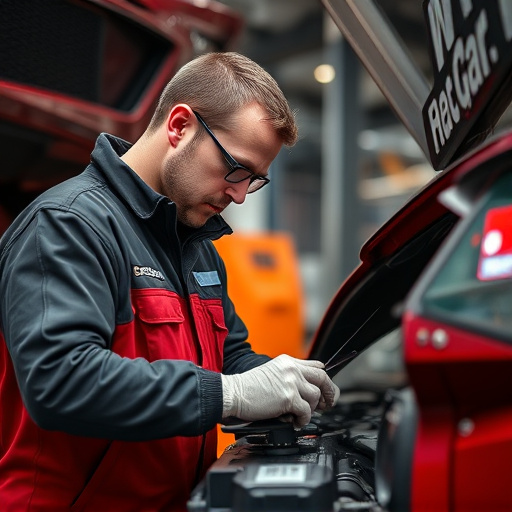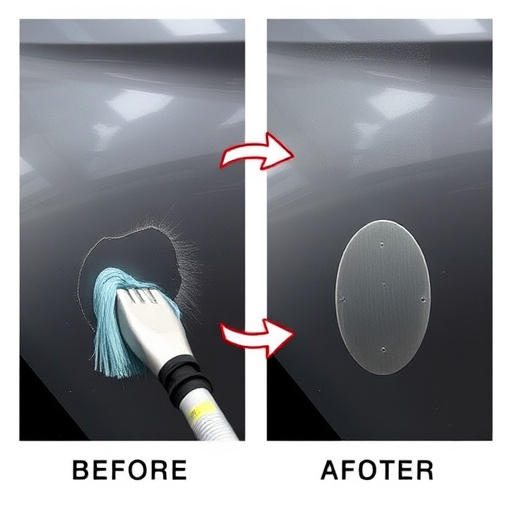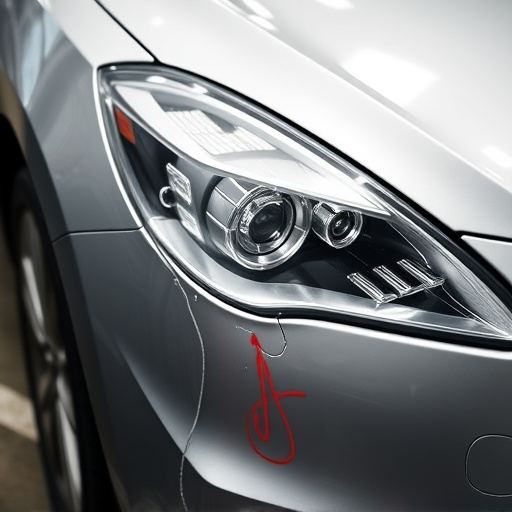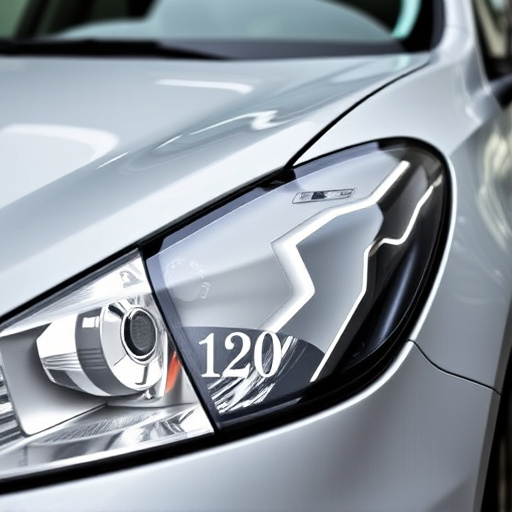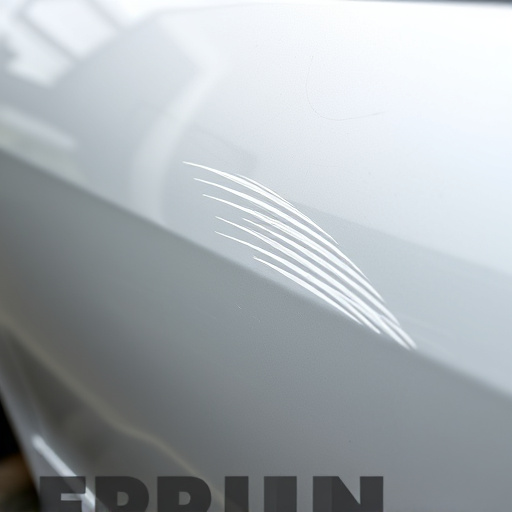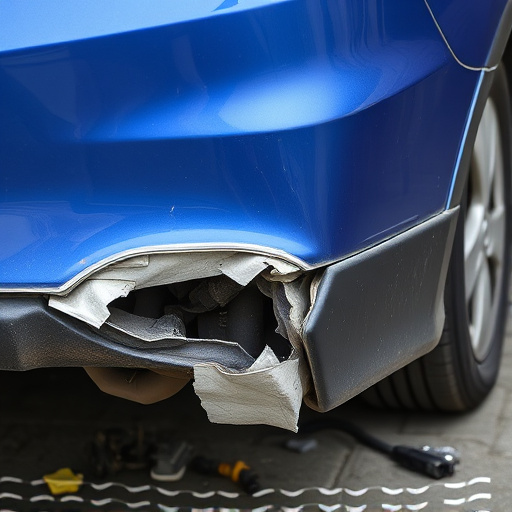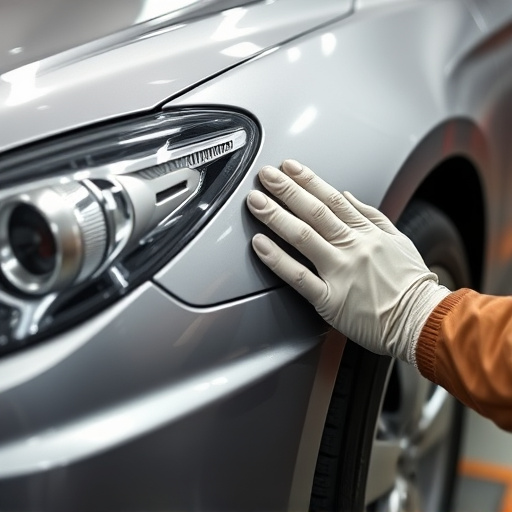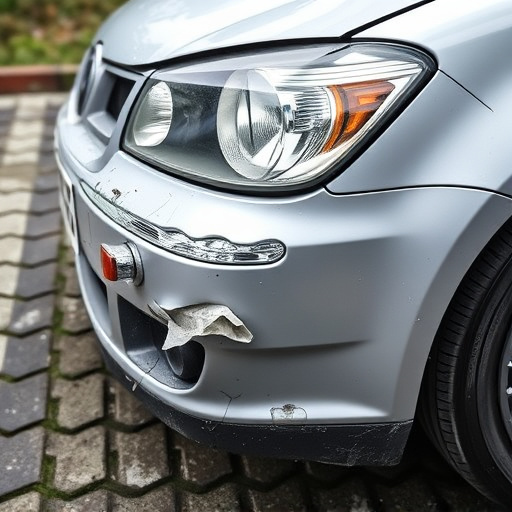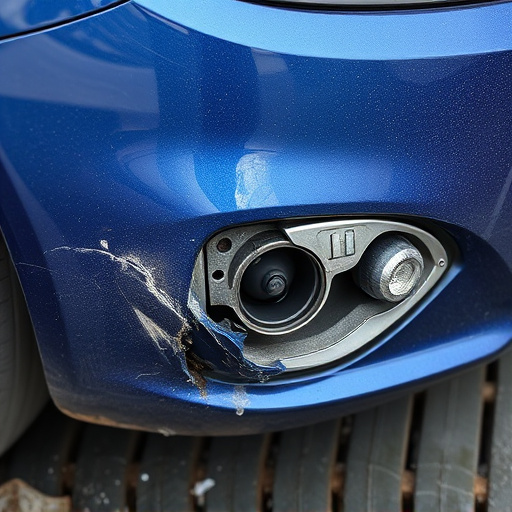The Mercedes diagnostic system, guided by OEM protocols, is a sophisticated network enhancing vehicle performance, safety, and longevity. It offers real-time data, troubleshooting alerts, and support for modern repairs, streamlining collision repair processes and preserving the brand's excellence. Adhering to stringent OEM standards, the system enables precise evaluations and accurate repairs, reducing downtime and enhancing customer satisfaction.
“Unveiling the intricacies of the Mercedes diagnostic system, this article delves into the sophisticated engineering behind it. We explore how OEM (Original Equipment Manufacturer) protocols play a pivotal role in accurate and efficient vehicle diagnosis.
From understanding the system’s architecture to examining the advantages and diverse applications, readers will gain insights into the cutting-edge technologies revolutionizing Mercedes maintenance. Discover how these protocols enhance troubleshooting, streamline repairs, and contribute to the overall reliability of Mercedes-Benz vehicles.”
- Understanding Mercedes Diagnostic System: An Overview
- The Role of OEM Engineering Protocols in Diagnosis
- Benefits and Applications: Revolutionizing Mercedes Vehicle Maintenance
Understanding Mercedes Diagnostic System: An Overview

The Mercedes diagnostic system is a complex network designed to monitor and maintain the performance of various vehicle systems. It uses advanced engineering protocols developed by the Original Equipment Manufacturer (OEM) to ensure optimal functionality and reliability. This system integrates hardware and software components, enabling efficient communication between different modules and sensors. By leveraging OEM protocols, Mercedes vehicles benefit from precise diagnostics, allowing for quick identification and resolution of issues.
This sophisticated mechanism is crucial in modern automobiles, particularly in high-end brands like Mercedes. It facilitates a wide range of functions, from engine management to collision repair (auto dent repair) and maintenance schedules. The system provides real-time data, alerts mechanics about potential problems, and supports advanced repair procedures at collision repair centers (or shops). With its comprehensive coverage, the Mercedes diagnostic system plays a vital role in enhancing vehicle safety, performance, and longevity.
The Role of OEM Engineering Protocols in Diagnosis

The Mercedes diagnostic system relies heavily on OEM (Original Equipment Manufacturer) engineering protocols to ensure accurate and reliable vehicle diagnostics. These protocols serve as a comprehensive set of guidelines, specifications, and standards developed by Mercedes-Benz engineers to facilitate effective communication between various systems within their vehicles. By adhering to these protocols, the diagnostic system can interpret data from sensors, control modules, and other electronic components accurately, enabling efficient troubleshooting and repair processes.
OEM engineering protocols play a pivotal role in streamlining the diagnosis process at auto collision centers and car body shops. They provide a standardized approach, ensuring that technicians across different service centers have access to consistent information when dealing with Mercedes vehicles. This uniformity facilitates faster and more precise identification of issues, whether it’s a faulty sensor, a software glitch, or damage requiring car paint repair after an accident. The protocols also enable specialized tools and software to interface with the Mercedes diagnostic system, further enhancing the capabilities of car body shops in servicing these high-performance vehicles.
Benefits and Applications: Revolutionizing Mercedes Vehicle Maintenance

The Mercedes diagnostic system backed by OEM (Original Equipment Manufacturer) engineering protocols is transforming vehicle maintenance. This advanced system offers numerous benefits, revolutionizing how car owners and collision repair shops service Mercedes vehicles. By adhering to stringent OEM standards, the diagnostic tools provide precise and thorough evaluations of a car’s systems, ensuring that repairs are conducted with the utmost accuracy and reliability.
One of the key advantages is its ability to streamline tire services and collision repair processes. The system can quickly identify issues related to suspension, steering, and structural damage following a vehicle collision, enabling efficient and effective repair strategies. This not only reduces downtime for owners but also enhances safety by restoring vehicles to their optimal mechanical condition. Moreover, the diagnostic system’s comprehensive coverage allows collision repair shops to offer specialized services tailored to Mercedes models, fostering customer satisfaction and maintaining the brand’s reputation for excellence.
Mercedes’ diagnostic system, powered by OEM engineering protocols, represents a significant leap forward in vehicle maintenance. By adhering to these standardized procedures, technicians can efficiently diagnose and resolve issues, ensuring optimal performance and longevity for Mercedes vehicles. This system not only streamlines service processes but also enhances the overall owner experience, making modern car care more accessible and reliable. The integration of advanced technology with traditional engineering protocols is a game-changer, positioning Mercedes as a leader in innovative vehicle maintenance solutions.
